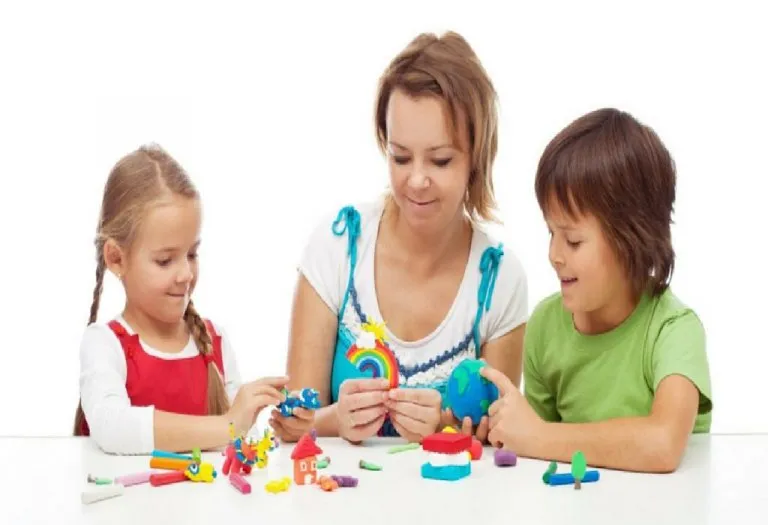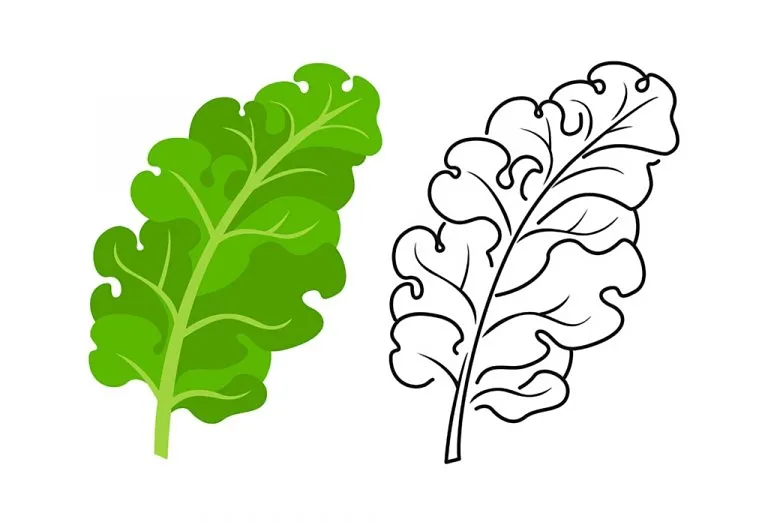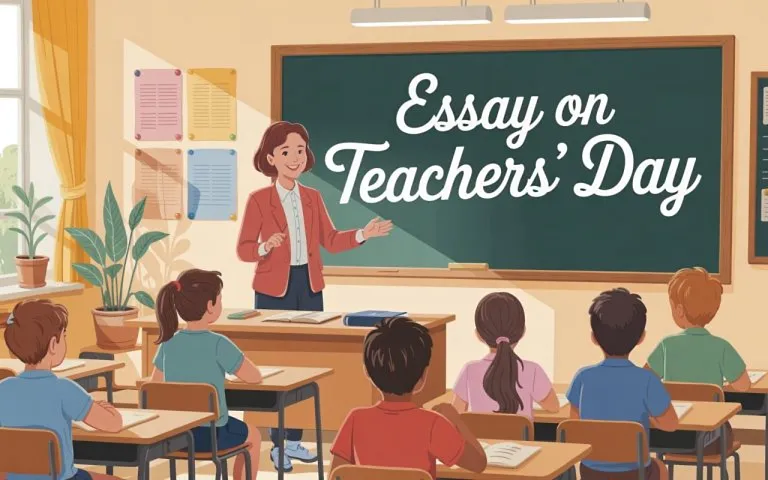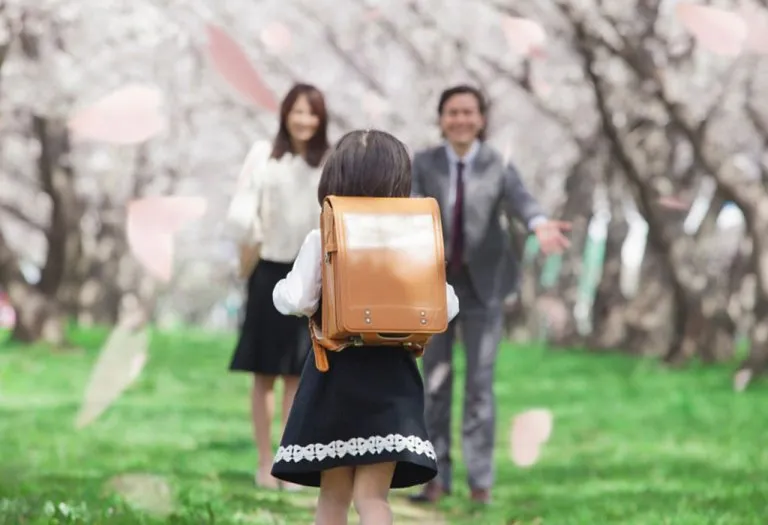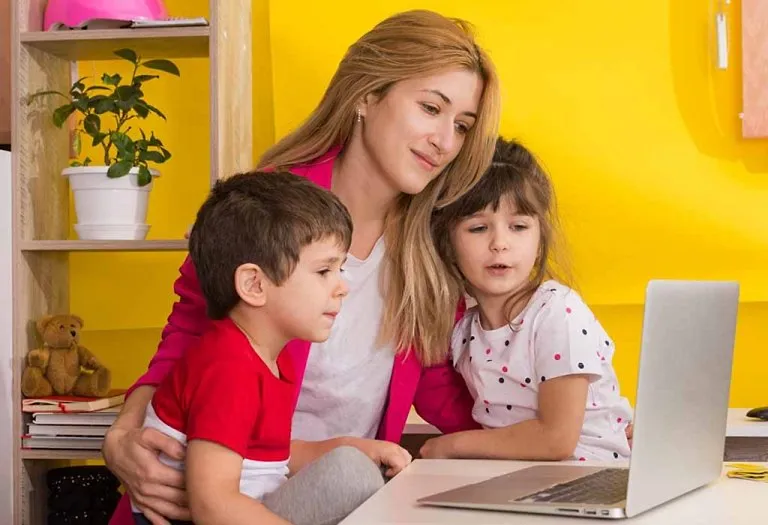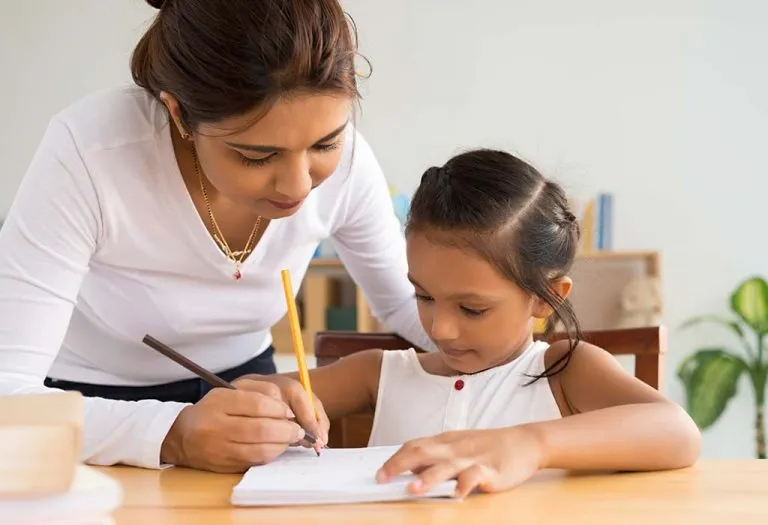Teaching Size and Shapes to Preschoolers
Tall and short, big and small – these are a few concepts of sizes that your little one notices in everyday life but cannot pinpoint. Another concept your preschooler is already learning before you teach him about it is the concept of shapes. Your preschooler already knows about sizes and shapes, but it takes the right activities and games to help him define them correctly. For example, when your child tries to raise his feet when standing next to a taller buddy, he’s mentally aware that he’s shorter. When he solves the shapes puzzle, he knows a square peg cannot fit in a round hole. You can help him differentiate between sizes and shapes by using appropriate names.
Benefits of Teaching Shapes
Teaching shapes to preschoolers is an important part of their early learning, helping them develop essential cognitive and motor skills. Here are some key benefits of teaching shapes to young children (2):
- Promotes Understanding of Basic Concepts: Shapes help preschoolers grasp ideas such as size, quantity, and measurement.
- Enhances Descriptive Skills: Knowing the names and properties of shapes enables children to describe their surroundings more accurately.
- Develops Fine Motor Skills: Drawing shapes helps improve hand-eye coordination and fine motor control in young children.
- Improves Spatial Awareness: Recognising shapes enhances a child’s ability to understand spatial relationships.
- Introduces Fun Learning: Teaching shapes is an enjoyable way to engage children with colours, patterns, and symmetry.
- Fosters Problem-Solving Skills: Learning about shapes develops logical thinking and reasoning abilities.
- Prepares for Advanced Maths: Understanding shapes is a stepping stone to learning more complex maths concepts.
- Assists in Daily Life: Shape recognition helps children with practical tasks like solving puzzles or identifying objects.
Benefits of Teaching Sizes
Size awareness is essential for developing children’s spatial skills and understanding how different-sized objects relate. Here are a few benefits of teaching sizes to preschoolers (3):
- Promotes Problem-Solving Skills: Understanding size helps children solve puzzles and decide how things fit together.
- Enhances Creativity: Awareness of size allows children to think creatively, experimenting with different perspectives and ideas.
- Introduces Fundamental Concepts: Teaching size helps children grasp essential ideas like surface area, volume, and capacity, which are necessary for future learning.
- Fosters Appreciation for Art: Understanding size encourages children to appreciate art, design, and the beauty of different forms in their everyday surroundings.
Teaching Big and Small Things to Kids
Introducing kids to the concept of size can be done in the most fun way, provided you know how.
- Everyday objects such as shoes, toys and even utensils can help your toddler differentiate between big and small. For instance, place daddy’s and your preschooler’s shoes next to each other and ask him which one is bigger.
- You can also help your child understand the concept of big and small for preschoolers with routine activities. When he’s with you in the kitchen, help him know his size by taking big and small spoons and pointing out the difference. When giving her juice, pour it out in a small glass and do the same for you in a big glass. Show her the size difference and continue to point out other objects of different sizes in the room.
- Another way to teach your child about sizes is to take him outdoors and compare different things he sees: big versus small cars, grown-ups versus young children, small cats versus big dogs, small houses versus tall buildings, etc. Pretty soon, you will see your child has learnt what ‘big’ and ‘small’ mean, so don’t be surprised if he asks you for the bigger ice cream bowl after dinner!
How to Teach Big and Small to Children Through Games?
Some kids learn better when taught through games and activities rather than in a traditional way. Here are some games for such kids that will make learning ‘sizes’ fun.
- Take two bowls and a few beads of two different sizes. Place the bowls in front of your child and tell him to put the large beads in the large bowl and the small ones in the small bowl. You may need to show him how to do it a couple of times. Once he gets the hang of it, increase the number of bowls and beads to up the challenge. Teaching size concepts to preschoolers with this simple and engaging activity can drive home the lesson more effectively.
- Help your child understand the difference between size through tall and short activities. Take him on an outing to an animal sanctuary and show him the difference in size between a giraffe and a deer or a monkey and a bear. As you see more animals, ask him which is taller and which is shorter. You can also play a similar game at home – stand in front of the mirror with your child beside you. Do this with his siblings/peers and with your husband, too.
Introducing Shapes to Preschoolers
Similar to size, shape is a property that children naturally learn about through observation. By encouraging this natural learning process, parents can effectively teach their preschoolers about shapes.
- The toys we bring for our children come in various shapes and are an excellent place to start teaching shapes to preschoolers. Pick up a ball and building blocks and show your child the difference between the two shapes. Circles and squares are the most basic and easiest shapes to teach a preschooler.
- Next, you can try and show your child what a triangle is. You can use a handkerchief for this. Join two opposite corners of the handkerchief and show your child the triangle you made. Food like samosa and parathas can also become real-life examples of ‘triangles’, while eggs can be an example of the shape ‘oval’.
- Finally, when you think your child is ready to take a small quiz, you can get him a pencil and paper and ask him to draw the shapes he has learned. Use a stick to make the game fun and interactive, and ask your child to draw the shapes in the mud or sand!
Basic Shapes Your Preschoolers Should Know
Learning about basic shapes is an important step in early childhood development. Focus on one or two shapes at a time to avoid overwhelming them. Here are a few basic shapes your preschooler should know.
1. Circle
A circle is a round shape with no corners or edges. It’s one of the first shapes children recognise and is found in many everyday objects, like wheels and clocks.
2. Square
A square has four equal sides and four right angles. This shape helps children understand the concept of symmetry, commonly seen in items like windows and tiles.
3. Triangle
A triangle has three sides and three corners. Teaching triangles introduces children to the idea of different angles. They are often found in objects like road signs and slices of pizza.
4. Rectangle
A rectangle has four sides, with opposite sides being equal in length. It’s an essential shape for understanding proportions and is seen in objects like doors and books.
5. Oval
An oval is an elongated circle with one axis longer than the other. Ovals resemble eggs and help children understand variations in shape.
6. Star
A star has multiple points extending from a centre, usually five or more. Stars are fun to draw and introduce children to more complex shapes found in the world, like decorations or the night sky.
10 Activities to Teach Shapes and Sizes to Preschoolers
Once you have introduced your child to different sizes and shapes, it is time to play games and improve their learning!
- Use felt paper to cut out different shapes (circle, square, triangle, star, diamond, etc.). Draw the shapes on sandpaper. Ask your child to ‘stick’ the correct shape on the sandpaper.
- Play fetch using a shape theme. For example, give your child 1 minute to fetch 5 round things in the house.
- A similar time-bound game can also be played using a size theme. Give your child spoons of different sizes and ask him to arrange them in growing or diminishing sizes.
- Draw a simple picture on a piece of blank paper (a house, a flower, etc.) and ask your child to identify all the different shapes he can see in the picture.
- When you have your preschooler’s friends over for a play date, you can get the children to play ‘games together. Ask to compare the lengths of hair they all have and form 3 groups – those with long hair, those with medium-length hair, and those with short hair.
- You can also play ‘match the pair’ games using shapes with a group of children. Take a marker and draw shapes on the children’s hands. Ask them to find their partner – someone who has a matching shape on their hand!
- Ask children to form different shapes while holding each other’s hands. When you say ‘circle,’ they have to hold hands and stand in a circle; when you say ‘square,’ they have to form a square. Add a condition to make the game more fun and challenging: they must form different shapes without breaking the human chain!
- Give your child modelling clay and ask him to use it to make different shapes or sizes: one big and one small circle, two big triangles, etc. This can also be good counting practice.
- Using a blindfold can make the game more challenging for slightly older children. Cover your child’s eyes, and then ask him to draw shapes on paper!
- Bake cookies of different shapes and sizes!
FAQs
1. At what age should children start learning about shapes and sizes?
Children can learn about shapes and sizes as early as 2. They can start recognising basic shapes like circles and squares through play and simple activities at this age (1).
2. How can I help my child understand the difference between 2D and 3D shapes?
Use a mix of flat and solid objects to illustrate the difference. For example, show a drawing of a circle (2D) and a ball (3D) or a square (2D) and a cube (3D). Engage in hands-on activities that involve building and drawing shapes to understand the concepts.
Stores, homes, playgrounds, parks—they all can serve as ideal locales for teaching size and shape concepts to preschoolers. Responsible teaching can help your child prepare for learning more complex concepts when he enters school. First, you want to ensure he’s well acquainted with the basics.
Do you know of any large and small games for kids? What do you teach your child? Let us know!
References/Resources:
1. Verdine. B. N, Lucca. K. R, Golinkoff. R. M, et al.; The Shape of Things: The Origin of Young Children’s Knowledge of the Names and Properties of Geometric Forms; PubMed Central; https://www.ncbi.nlm.nih.gov/pmc/articles/PMC4808058/
2. Mohamed. D. A, Kandeel. M. M; Playful Learning: Teaching the Properties of Geometric Shapes through Pop-up Mechanisms for Kindergarten; International Journal of Education in Mathematics, Science and Technology; https://files.eric.ed.gov/fulltext/EJ1357339.pdf
3. Platas. L. M; Measuring Up! Measurement in the Preschool Classroom; Stanford University; https://dreme.stanford.edu/news/measuring-up-measurement-in-the-preschool-classroom/
Also Read:
Teaching Preschoolers All About Plurals
The Concept of Part-Whole To Preschoolers
Helping Preschoolers to Develop Abstract Concepts
How to Teach Preschoolers The Difference Between Big and Small?
Was This Article Helpful?
Parenting is a huge responsibility, for you as a caregiver, but also for us as a parenting content platform. We understand that and take our responsibility of creating credible content seriously. FirstCry Parenting articles are written and published only after extensive research using factually sound references to deliver quality content that is accurate, validated by experts, and completely reliable. To understand how we go about creating content that is credible, read our editorial policy here.





